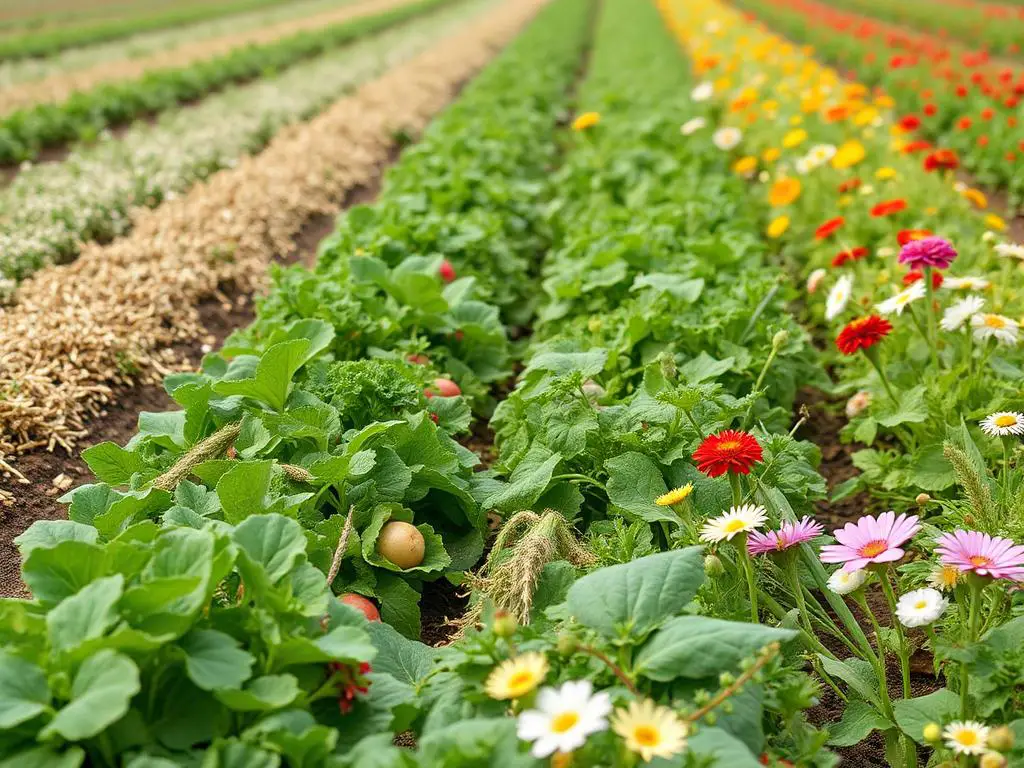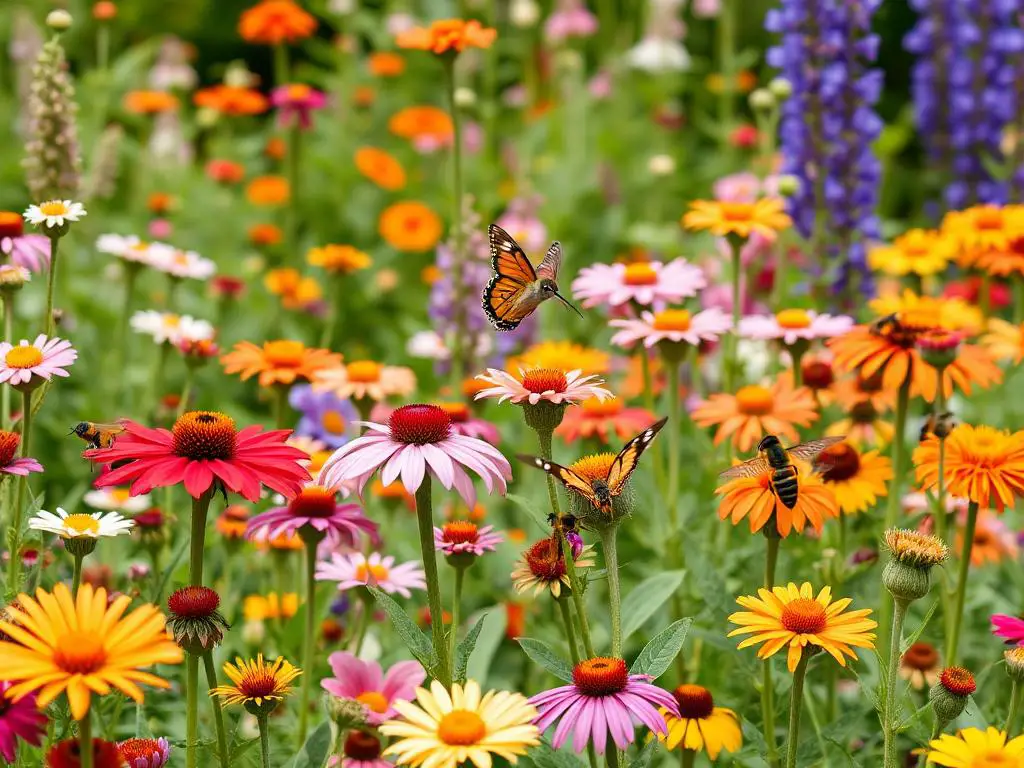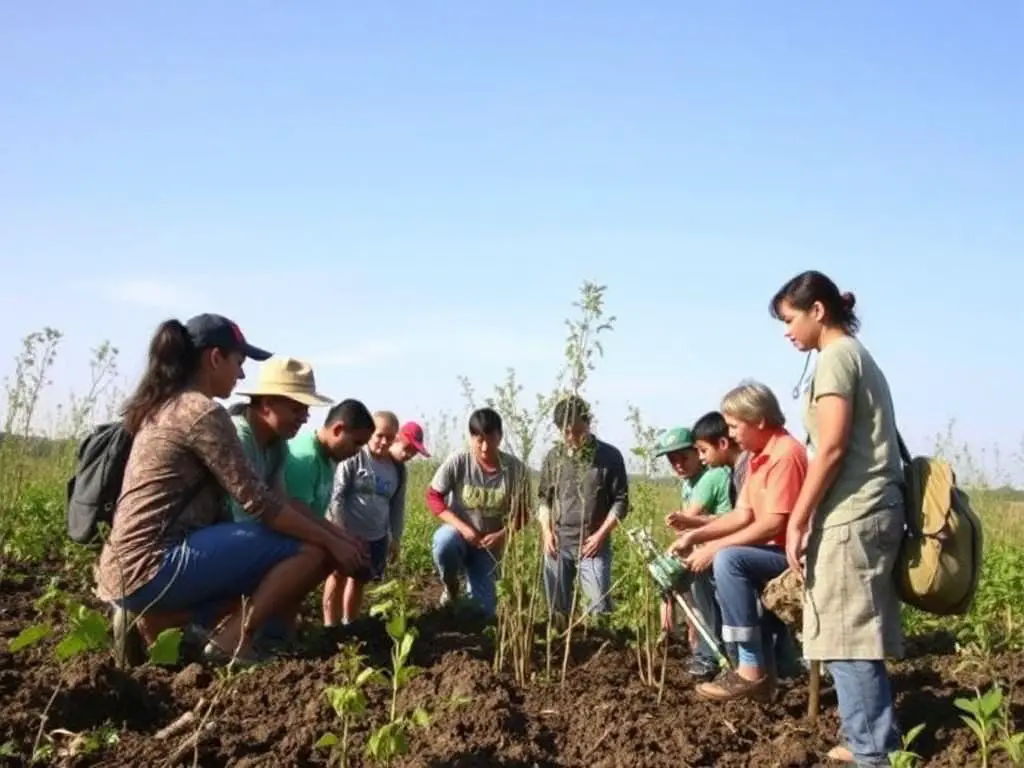If you’ve been tending to your garden but still feel like something is off, you’re not alone. Many gardeners pour their hearts into their plants, yet they may overlook one crucial element that can make or break their gardening success: biodiversity. That’s right—your garden is likely missing a diverse range of plants, and this oversight could be costing you big time in terms of health, yield, and resilience. Let’s explore why biodiversity is essential for your garden and how to incorporate it effectively.

The Importance of Biodiversity
-
Pest Control: A diverse garden can naturally regulate pest populations. When you plant a variety of species, you create a habitat for beneficial insects, such as ladybugs and lacewings, which prey on harmful pests. This reduces the need for chemical pesticides and promotes a healthier ecosystem.
-
Soil Health: Different plants contribute various nutrients to the soil and support a diverse microbial community. For example, legumes like beans and peas fix nitrogen in the soil, enriching it for neighboring plants. A diverse root system also helps improve soil structure and prevents erosion.
-
Pollination: A variety of flowering plants attracts a wider range of pollinators, such as bees, butterflies, and hummingbirds. This is crucial for the production of fruits and vegetables, as many crops rely on these pollinators for successful fertilization.
-
Resilience to Disease: Monocultures—gardens with a single type of plant—are more susceptible to disease outbreaks. By incorporating a mix of plants, you create a buffer against pests and diseases, as they are less likely to spread rapidly through a diverse ecosystem.
-
Aesthetic Appeal: A garden filled with a variety of colors, shapes, and textures is visually stunning. Biodiversity adds interest and beauty to your outdoor space, making it a more enjoyable place to spend time.

How to Boost Biodiversity in Your Garden
Now that you understand the importance of biodiversity, here are some practical steps to enhance it in your garden:
-
Plant a Variety of Species: Incorporate a mix of flowers, vegetables, herbs, and shrubs. Choose native plants that are well-adapted to your local climate and soil conditions, as they often require less maintenance and provide essential habitat for local wildlife.
-
Create Layers: Design your garden with different layers, including tall plants, medium-height plants, and ground covers. This not only maximizes space but also creates a more complex habitat for various organisms.
-
Include Companion Plants: Utilize companion planting techniques to pair plants that benefit each other. For example, planting marigolds alongside vegetables can deter pests, while herbs like basil can enhance the flavor of nearby tomatoes.
-
Incorporate Pollinator-Friendly Plants: Add flowering plants that attract pollinators, such as lavender, coneflower, and bee balm. These plants provide nectar and pollen, supporting the health of your local pollinator populations.
-
Create Habitats: Consider adding features like birdhouses, insect hotels, and water sources to attract beneficial wildlife. These elements can help create a balanced ecosystem in your garden.
-
Practice Crop Rotation: If you’re growing vegetables, practice crop rotation each season to prevent soil depletion and reduce the risk of disease. This involves changing the location of specific crops to different areas of your garden each year.

Conclusion


If your garden is missing biodiversity, it’s costing you big time in terms of health, productivity, and resilience. By incorporating a diverse range of plants and creating a balanced ecosystem, you can enhance your garden’s overall performance and beauty. So, take a step back, assess your garden, and make the necessary changes to embrace biodiversity. Your plants—and your gardening experience—will thank you! 🌼🌿🌻
